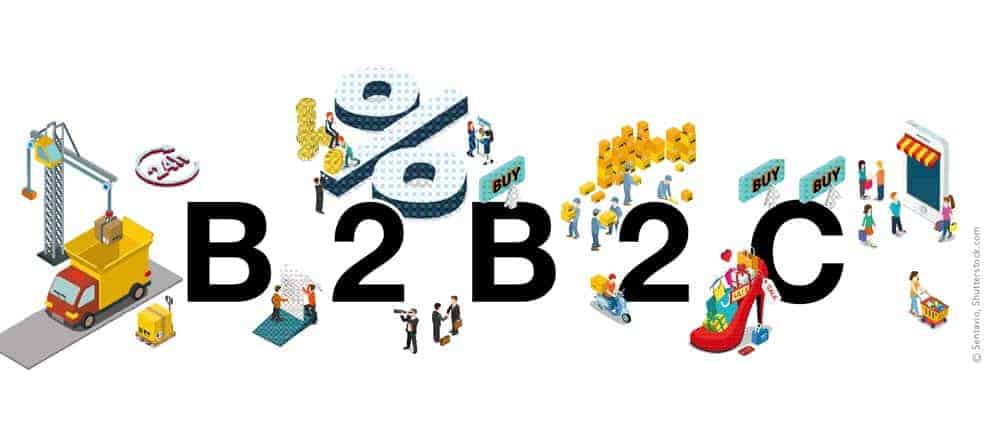In the future, all sales will be hybrid


How does hybrid distribution really succeed?
Hybrid sales or "hybrid selling" is, simply put, the combination of analog and digital sales activities. Ultimately, however, it means one thing above all: the networked offering of sales-relevant information regardless of the communication channel. For this to succeed, much more is needed than a course in online presentations.
Whether mobile on-site or remote, one thing is critical today: real-time insights into customer activity outside of face-to-face interactions. Here, data is the means to an end. The formula for success is "quality and timing over quantity and volume." Key to such meaningful 360-degree scenarios are integrated system landscapes in the cloud - and overarching processes. If systems and processes are intelligently networked with each other, for example, the CRM with the ERP or the connection of customer applications to service or marketing systems, for example, leads or master data changes can be played directly on mobile devices or prices and approvals can be called up in real time.
E-commerce turbo
The real challenge in modern sales is to accompany the "anonymous" phases of your customers. Indispensable for this: the digital touchpoints - i.e. often the web store or the website.
Regardless of whether the spare parts store in the service, the e-commerce platform for dealers or the classic web store: All are more than just digital business cards. The decisive factor here is to offer the (future) customer added value by providing functions such as configuration options, price and product information, or search functions. In other words, to support (enable) them on their way (journey) to their goal (purchase).
With the realization that the customer journey will be the center of successful customer processes in the future, the responsibility of marketing is also increasing. An important building block for closing the gaps in the customer journey is collaboration with sales. This is not just about buyer enablement, i.e., designing and supporting the digital customer journey in order to optimize the buying process. It is also about genuine sales enablement. With consistent qualification of leads and the provision of insights and content to strengthen sales.
Magic word: Social Selling
Social selling has long been a necessary sales tool. As part of a hybrid sales strategy, however, social selling can only really take off if the contacts and activities generated there are mutually integrated with central sales systems. This includes, for example, the synchronization of messages and contact lists. Almost more valuable than messages and pure contacts, however, are the social media activities of your customers (especially for the B2C component in B2B2C). Create a system that processes exactly these interactions of your customers and feeds them back to the central sales systems to get the best possible view of your customers.
End-to-end: synchronization is without alternative. A consequence of the points from above: A successful hybrid sales strategy requires putting the customer at the center. However, in order to create an end-to-end customer journey, the technological systems must also be built with the customer in mind and processes must be implemented and made accessible end-to-end.
Hybrid sales are crucial for the future. Implementing the aspects just described and thus harmonizing analog and digital sales channels will be the main task of CSOs in the coming years. Last but not least, sales management and the CDOs, together with the
IT the responsibility.






